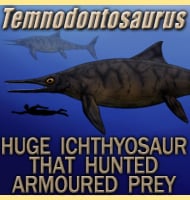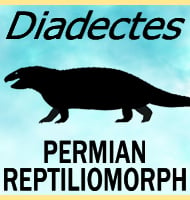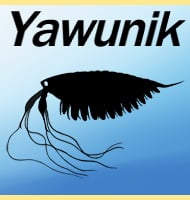In Depth
Although not very well known, Jaxartosaurus possesses a hollow helmet shaped crest on top of its skull similar to the better known Corythosaurus. Because this crest is hollow, Jaxartosaurus had been confidently assigned to the Lambeosaurinae group of hadrosaurs which are typified by their hollow crests. The crest of Jaxartosaurus like its lambeosaurine relatives has an uncertain function, probably for visual display but perhaps also an auditory function as well. Other theories suggest theromoregulation for cooling the brain, to any combination of the above.
Jaxartosaurus is named after the Jaxartes River, which is an ancient name for what is now called the Syr Darya River. The type species name of J. aralensis translates as ‘from Aral’ a region of Kazakhstan. A second species called J. fuyunensis and named by Weishampel and Horner in 1990 is now largely considered to be a synonym to the type species.
Another genus of hadrosaur known from Kazakhstan is Aralosaurus, though this is named only from very partial remains.
Further Reading
- Some results of the studies of the Upper Cretaceous dinosaurian fauna from the vicinity of the station Sary-Agach, South Kazakhstan, Anatoly N. Riabinin - 1938. - [A fossil Jaxartosaurus is discovered in Xinjiang], S. Z. Wu - 1973.









